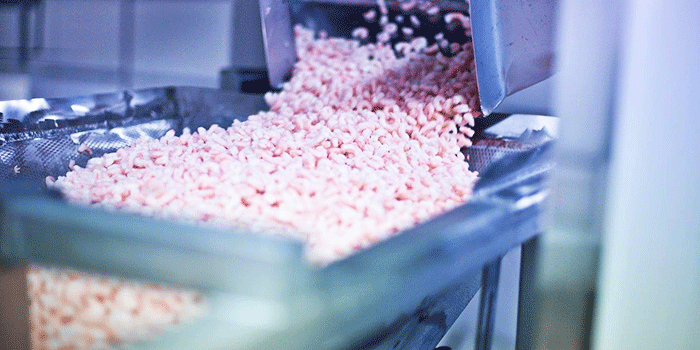Maths is a key ingredient in reduced-salt seafood
An increasing demand for processed foods are changing dietary patterns across the globe. According to the World Health Organisation (WHO), salt reduction has been identified as one of the most effective initiatives to improve the health of the population. For people with a taste for preserved fish products, a number of new salt-reduced products makes it easier to comply with dietary recommendations.
Salt is widely used in seafood preservation because it inhibits the growth of bacteria and increases product shelf life. But this traditional method can come into conflict with the World Health Organization’s dietary guidelines, which recommend that salt intake is less than five grammes a day.
Predictive modelling improves food safety and reduces salt levels
Danish seafood company Royal Greenland and the Technological University of Denmark came together to find a way to cut the salt without undermining food safety or the taste of seafood products.
With funding from the Green Development and Demonstration Programme (GUDP), they developed a mathematical model for predicting the growth of specific bacteria when parameters such as salt content, pH, temperature and preservatives are altered. The project equipped Royal Greenland’s product developers to predict how a change in the recipe will affect bacterial growth in the final product.
the company has been able to cut the salt content of cold-water prawns in brine and pasteurised lumpfish roe by up to 50%
Less salt, same safety – and healthier choices for consumers
As a result, the company has been able to cut the salt content of cold-water prawns in brine and pasteurised lumpfish roe by up to 50%. All the lightly-preserved fish products in the range have acquired the Nordic Keyhole label – a label that helps consumers identify healthier food products.
The predictive models have been published and are now of benefit to the food industry as a whole.


